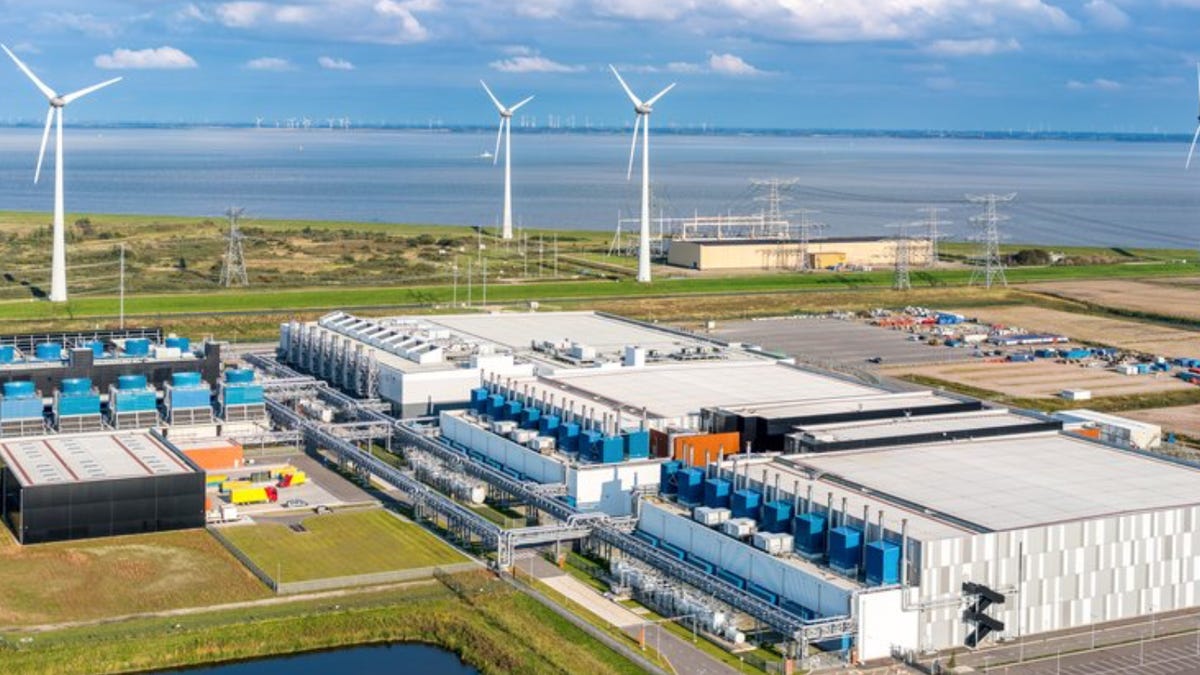On Earth Day, Google reaches for 24/7 carbon neutrality
Google is shifting data center compute load to times when there's the most wind or solar power.

Google wants its data centers to be 24/7 carbon neutral.
Google is working to achieve 24/7 carbon-free energy at all of its data centers in a continued effort to address climate change concerns. Its new carbon-intelligent computing platform will help Google match up its compute-load with energy sources like wind and solar power, the tech giant said Wednesday.
To do this, it's moved the timing of nonurgent tasks like YouTube video processing, adding new words to Google translate and creating new Google Photo filter features to when wind and solar energy are most plentiful. The move doesn't affect more-essential features like Google Maps , Search and YouTube, which are used at all times.
"Each day, at every Google data center, our carbon-intelligent platform ... predicts how the average hourly carbon intensity of the local electrical grid will change over the course of a day," Ana Radovanovic, Google's Carbon-Intelligent Computing technical lead, wrote in a blog post. "A complementary Google internal forecast predicts the hourly power resources that a data center needs to carry out its compute tasks during the same period."
The carbon-intelligent computing platform then uses those predictions to "optimize hour-by-hour guidelines to align compute tasks with times of low-carbon electricity supply."

